Giving an old chair a fresh look is easier than you might think and can add new life to your home without breaking the bank. Redesigning furniture with your own hands lets you personalize your space, save money, and create something unique you can be proud of. Whether your chair is outdated, worn, or simply doesn’t fit your style, a DIY makeover can transform it into a standout piece that reflects your personality.
Simple updates like new upholstery, a coat of paint, or creative finishing touches can make a dramatic difference. With a few basic tools, some inspiration, and a willingness to try something new, you can update an old chair and enjoy the satisfaction of your own handiwork.
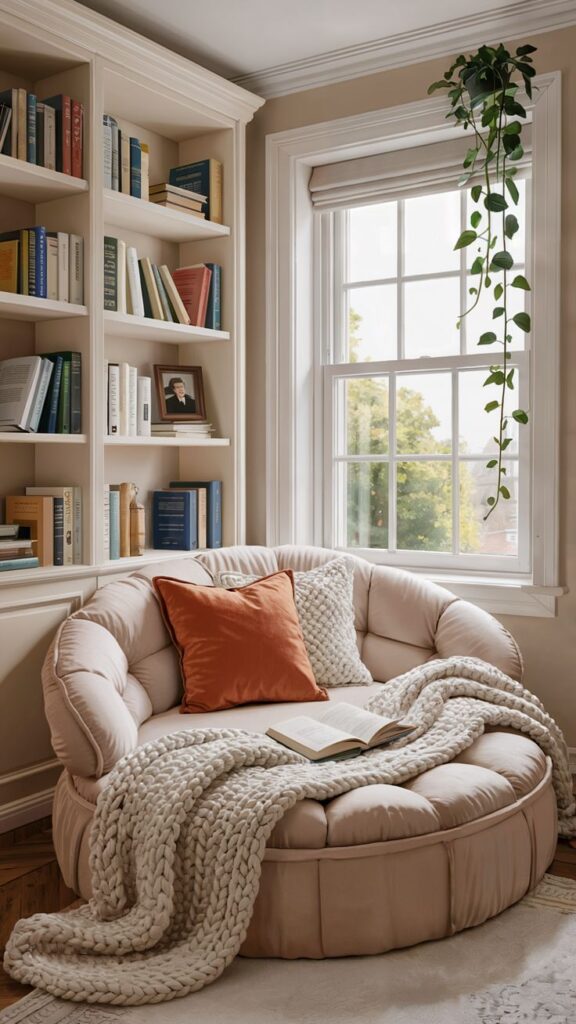
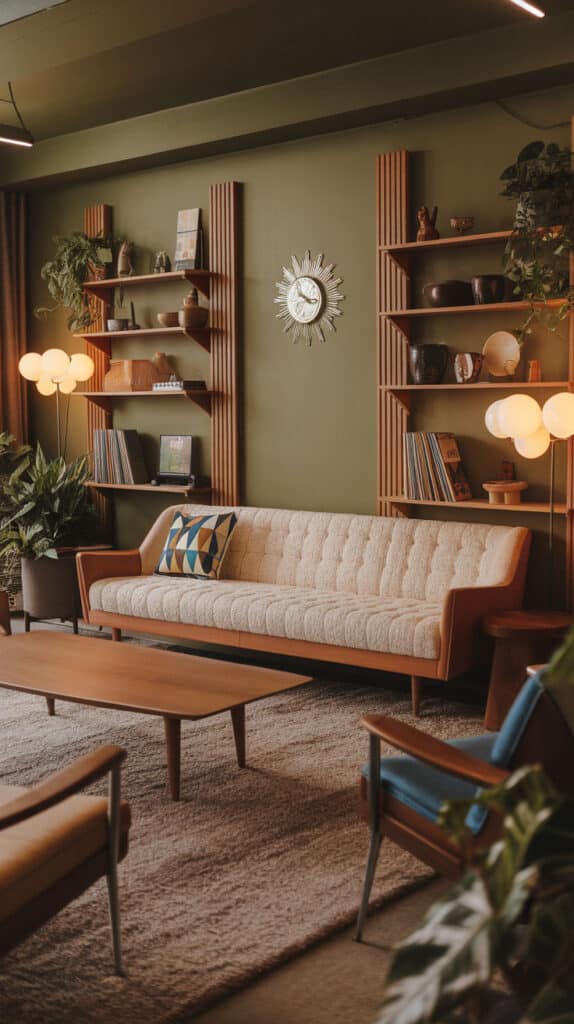

Key Takeaways
- Redesigning chairs by hand is affordable and rewarding.
- Simple updates like paint or fabric can dramatically change a chair’s look.
- Caring for your finished piece helps keep it beautiful over time.
Why Redesign Old Chairs by Hand
Redesigning old chairs by hand provides an approachable way to refresh your living space on a budget. You can tackle both creative and practical needs, while making choices that match your lifestyle and values.
Benefits of DIY Chair Makeovers
Working on your own chair makeover is a rewarding hands-on project. With simple tools and basic materials like paint, fabric, or new hardware, you can transform outdated furniture into a functional accent for your home decor.
DIY projects often allow you to save money compared to buying new. Materials such as upholstery fabrics, staple guns, or paint are usually less costly than a new chair. It’s also easier to adjust the design as you go, ensuring you’re happy with the final result.
You’ll gain new skills and knowledge with each project. Painting, sanding, or reupholstering help build confidence with tools and materials—skills you can apply to other upcycling furniture projects.
Reducing Waste Through Upcycling
Upcycling furniture helps minimize waste by giving existing pieces a new life instead of sending them to landfills. When you redesign a chair, you’re extending its usable lifespan and helping keep excess materials out of the trash.
This approach lessens your environmental impact. Manufacturing new furniture often uses more raw materials and energy compared to updating what you already own. By choosing upcycling, you support a more sustainable approach to home decor.
If you like to shop secondhand, redesigning old chairs from thrift stores or vintage markets keeps useful items in circulation. It’s a practical way to find sturdy, well-built furniture instead of settling for mass-produced alternatives.
Personal Expression in Home Decor
DIY chair makeovers let you create a unique piece that reflects your tastes and personality. You’re not limited to store-bought patterns or colors—you can experiment with different fabrics, paint styles, or trims.
Adding handmade touches such as stenciled designs, bold color choices, or unexpected materials gives you creative freedom. Your finished chair becomes a personal statement, standing out as something that can’t be found anywhere else.
You also get the satisfaction of seeing your imagination come to life in your home decor. Whether you want a modern look, vintage flair, or something whimsical, your redesigned chair is a true reflection of your style.


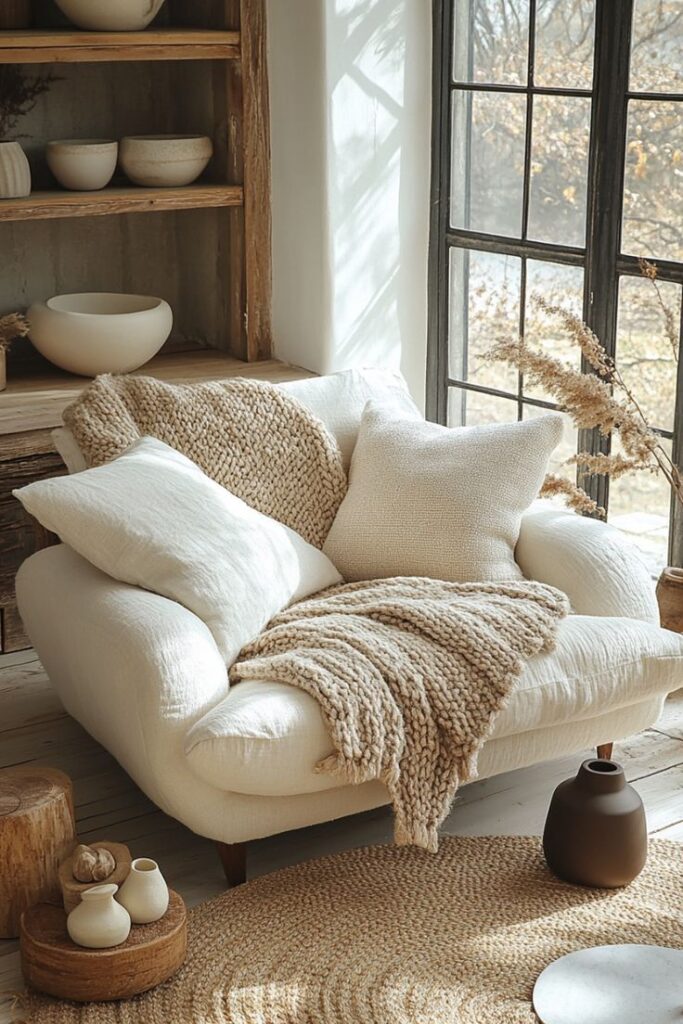
Essential Tools and Materials for Chair Transformation
To give an old chair a useful update, focus on sturdy materials, the right tools, and choosing a chair that’s worth your time. The type of chair, its construction, and your intended result all play a role in what you’ll need.
Choosing the Right Chair to Update
Start by checking the frame’s stability. Look for chairs made of solid wood, as they hold up best during repairs and reupholstering. Avoid chairs with broken or splintered frames—minor wobbling is fine if you can tighten fasteners or add wood glue.
Assess the seat cushion and back support. If these can be removed or replaced, you’ll have an easier time with upholstery work. Armless or simple chairs are excellent for beginners, while more complex shapes may need advanced skills.
Older chairs with classic lines and minimal damage make the best projects. Vintage pieces can respond well to new fabric and finishes, bringing out their character.
Must-Have Tools for Chair Projects
For most chair renovations, these tools are essential:
- Staple gun (manual or electric): For securing new fabric.
- Staple remover or flat-head screwdriver: To take off old staples.
- Needle-nose pliers: Useful for stubborn tacks or nails.
- Screwdrivers (Phillips and flat): For removing arms, legs, or seats.
- Rubber mallet: Prevents damage when reattaching parts.
- Hammer: For tacks or small upholstery nails.
- Chalk or fabric pencil: For marking cut lines on fabric.
Add basic supplies like measuring tape, fabric scissors, and safety gear (gloves and glasses). Even for simple updates, these tools boost results and let you work more comfortably.
Selecting Quality Materials and Fabrics
Choose upholstery fabric that balances durability and comfort. Good options include cotton, polyester blends, linen, or microfiber. For kitchen or dining chairs, stain-resistant fabrics can handle spills.
Replace old seat foam or padding if it’s sagging or crumbling. Medium-density foam offers firm, long-lasting support. Pair it with a layer of batting for a smooth finish.
Gather these materials in advance:
| Material | Purpose |
|---|---|
| New upholstery fabric | Main visible surface |
| Foam padding | Seat comfort |
| Batting | Smooth fabric look |
| Upholstery webbing | Extra seat support |
| Staples, tacks, screws | Fastening |
Using quality materials ensures the chair will look fresh and withstand daily use. Always measure before buying fabric so you have enough on hand.

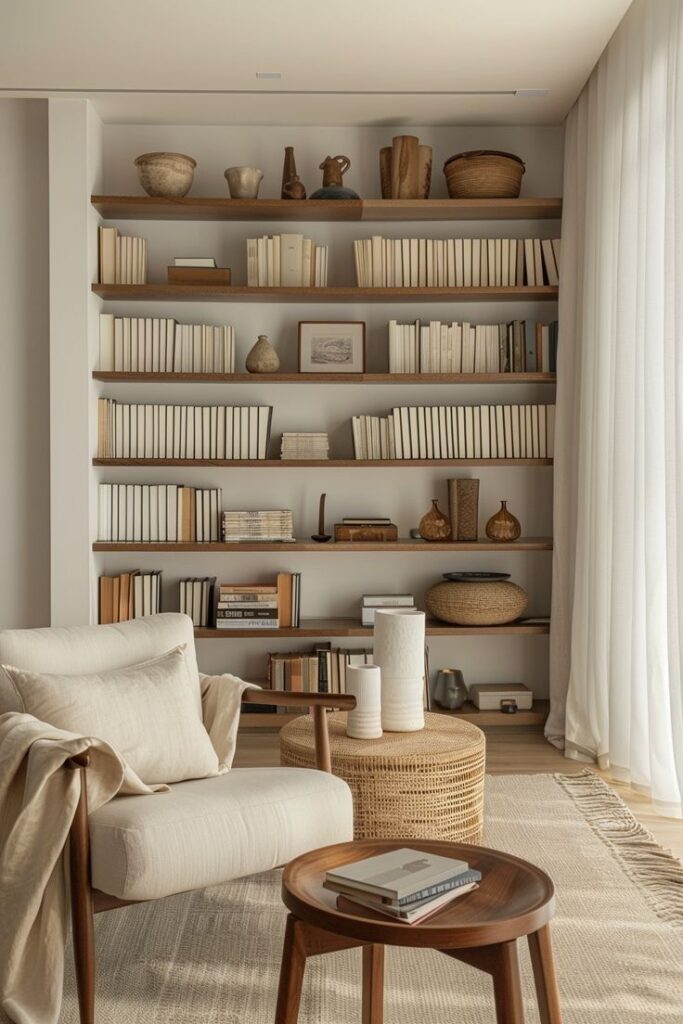

Preparing Your Chair for a Makeover
A successful chair makeover starts with careful preparation. Attention to the frame, finish, and cleanliness will make the entire process smoother and ensure lasting results.
Inspecting and Repairing the Chair Frame
Start by closely examining the entire chair for any damage or weak spots. Look for loose joints, cracked wood, wobbly legs, or broken supports.
Tighten screws and bolts, and glue any joints that need reinforcement using quality wood glue. For visibly damaged areas, you might need wood filler or replacement parts.
Fasteners should be snug, but avoid overtightening as this can split the wood. If parts are missing or beyond repair, seek compatible replacements at a hardware store or salvage old furniture for usable pieces.
Use a small hammer to gently tap any loose dowels back into place. Allow any glue repairs to dry completely according to package instructions before moving forward.
Stripping Old Finishes the Easy Way
Removing old paint or varnish gives you a fresh foundation. Start by putting on gloves and working in a well-ventilated area to avoid inhaling fumes and dust.
Use a chemical paint stripper or a sanding block, depending on your preference and the type of finish. Apply stripper according to the manufacturer’s instructions. Scrape off finish with a plastic scraper, as metal scrapers can gouge the wood.
For detailed areas, an old toothbrush or small wire brush helps lift stubborn residue. Once the bulk is removed, wipe down the surface with a damp cloth to clear away any loosened debris.
Lightly sand using fine-grit sandpaper to smooth out any rough spots. Always sand in the direction of the wood grain to prevent scratches.
Proper Cleaning for Best Results
Thorough cleaning is essential before any painting or upholstering is done. Start by vacuuming all surfaces, focusing on crevices and joints where dust can hide.
For sticky or greasy spots, use a mild solution of warm water and dish soap. Dampen a soft cloth and wipe down the chair, being careful not to saturate the wood.
Stubborn stains may require a gentle scrub with a nylon brush. Let the chair dry fully before proceeding to the next step.
For upholstered parts you plan on keeping, sprinkle baking soda and vacuum after 15 minutes to deodorize the fabric. Cleanliness ensures paint, stain, or adhesive will adhere well and yields a professional-looking result.
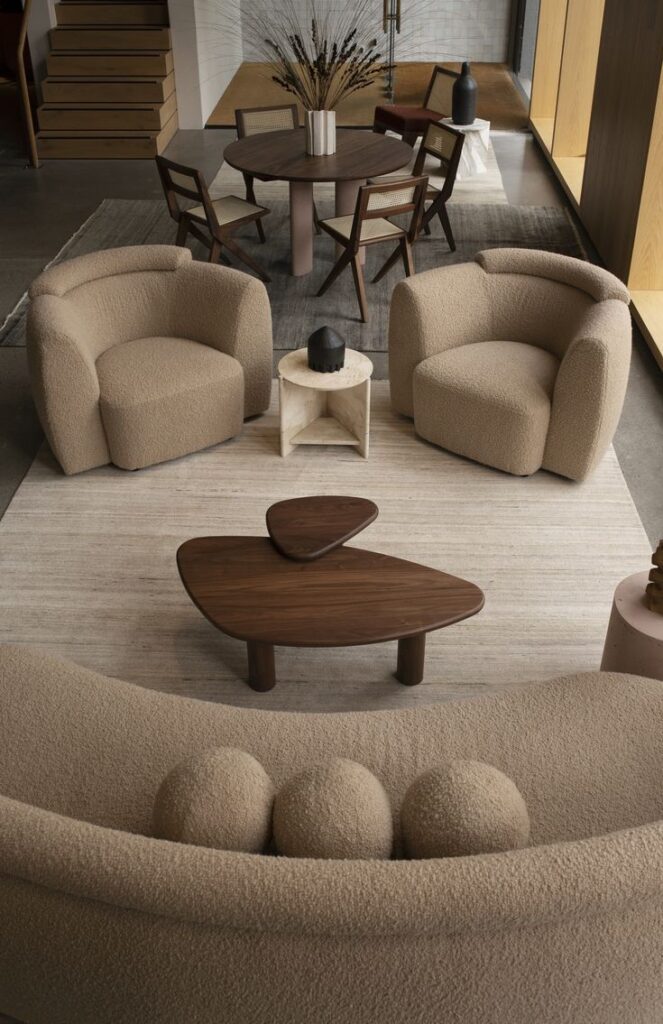

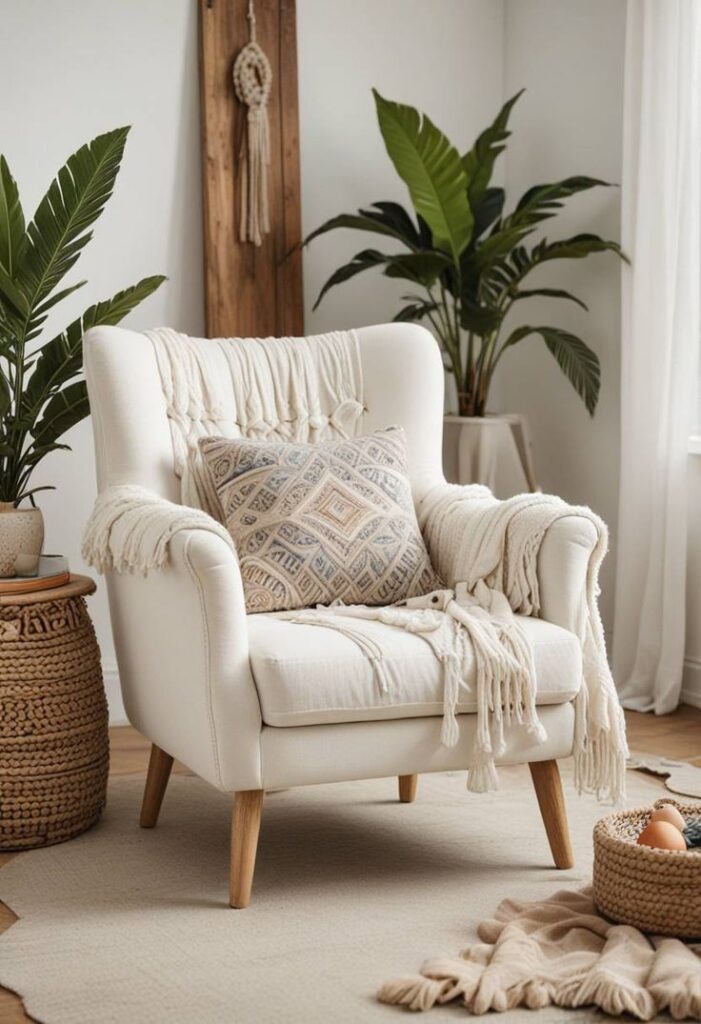
Steps to Update and Modernize Your Chair
Giving an old chair a modern update can be simple with the right approaches. You can change the look with paint, swap the legs for a stylish touch, or refresh the seat and back for comfort and appeal.
Painting Furniture for a Fresh Look
Painting is one of the most direct ways to revive a worn-out chair. Start by cleaning the chair thoroughly, removing dust and oils so paint will adhere better. Sand the surface lightly to help smooth damaged areas and let primer and paint stick. For wood chairs, use a furniture primer before applying your choice of paint—consider durable options like chalk paint for a matte, contemporary finish.
Select a color that suits your space. Neutrals are timeless, but bold hues like navy, green, or mustard can make a striking accent. Apply paint in thin, even layers with a brush or roller, letting each coat dry fully. Don’t forget to seal your work with a water-based polyurethane or wax, especially for chairs that get frequent use.
Materials Checklist:
- Sandpaper or sanding sponge
- Primer (optional)
- Paint (chalk, latex, or enamel)
- Brushes/rollers
- Sealer
This simple update hides scratches and outdated finishes while giving your chair a personal touch.
Adding Hairpin Legs or Metal Legs
Swapping wooden legs for hairpin legs or other metal options instantly gives a chair a trendy, industrial look. Hairpin legs, with their slim, bent-rod shape, can make the chair appear lighter and more modern. They’re available in various heights and finishes, so you can match them to your decor.
You’ll need to remove the original legs first. Carefully unscrew or detach them, keeping any hardware that might be reused. Most metal legs attach with screws, so measure and mark drill points on the underside of the chair for even placement.
Secure the new legs tightly. If your chair base isn’t flat, add small mounting boards for stability. Tip: Choose rubber-capped legs to protect your floors. This update works especially well for chairs with dated or chunky wooden legs.
Tools Needed:
- Drill/screwdriver
- Screws (usually provided)
- Level (to ensure even seating)
Adding metal legs doesn’t just lift the style; it can also increase your chair’s durability.
Reupholstering the Seat and Backrest
Reupholstering lets you transform an uncomfortable or worn seat into something fresh and inviting. Start by removing the seat and backrest (if possible). Take off the old fabric and padding using a staple remover or flathead screwdriver. Inspect the cushion—replace it with new foam if it’s saggy or compressed.
Cut new fabric 2–3 inches wider than the seat shape. Lay it face down, center your seat on top, and wrap the fabric tightly, stapling it along the underside. Corners may need small folds or tucks for a neat appearance. Use durable upholstery fabric to withstand daily wear.
Key Points:
- Replace older padding for extra comfort.
- Washable, stain-resistant fabrics are ideal.
- Pull fabric tight to avoid wrinkles or sagging.
With basic tools and fabric staples, your chair will look and feel new, fitting seamlessly into a refreshed space.
Creative Finishing Touches and Style Ideas
Finishing your chair with creativity can transform its look and add personal flair. From fabric choices to hardware, every detail plays a role in making your refurbished piece unique.
Accent Details with Fabrics and Patterns
Choosing the right fabric offers both comfort and style. Consider bold patterns, textured weaves, or even vintage textiles for an updated touch. Statement fabrics, like geometric prints or floral motifs, can make a plain chair a focal point.
Try mixing materials such as velvet and linen for extra interest. Adding a cushion in a complementary pattern is a simple way to deliver even more personality. Don’t hesitate to use piping, trim, or decorative tacks around the edges for a polished finish.
When working with patterned fabric, align the design carefully with the seat or backrest. This avoids a mismatched look and keeps the finish professional. You can even use fabric glue or a staple gun for quick, accessible results.
Personalizing with Bold Colors
A fresh coat of paint in a bold color can make your chair look modern and lively. Don’t be afraid to experiment with vivid shades like emerald, mustard yellow, or deep blue. Matte, satin, or gloss finishes will each create a different effect.
Start by sanding and priming the wood for a smooth canvas. Applying two thin coats—rather than one thick coat—leaves a cleaner, longer-lasting finish. Accent painted details on chair legs or arms using masking tape for crisp lines.
You can also combine painting and staining for a two-tone look. For extra character, consider distressing edges lightly with sandpaper to reveal hints of original wood beneath, creating subtle contrast and charm.
Incorporating Modern Hardware
Swapping out old or missing hardware gives the chair an instant upgrade. Consider replacing basic nails or old screws with decorative upholstery tacks, modern brackets, or eye-catching bolts. Metallic finishes, such as brushed brass or matte black, lend a sleek, updated feel.
Handles or pull tabs on chair backs make moving the piece easier and add a touch of style. If your chair has a wooden seat, try adding a slim, minimalist cushion secured with new fasteners for both comfort and visual appeal.
Hardware placement is key—measure precisely and use a level to ensure everything lines up neatly. This attention to detail will give your project a high-quality, finished look.
Caring for and Showcasing Your Updated Chair
A newly upcycled chair deserves not only proper care but also thoughtful placement in your home. Taking steps to protect your chair, creatively style it, and maintain its quality ensures your furniture update stands out and lasts.
Protecting Your Chair for Longevity
To keep your chair looking fresh, start by choosing a suitable finish. Polyurethane or clear wax can shield painted or stained wood from scratches and moisture. For fabric seats, use a fabric protector spray to resist spills and stains.
If your chair is used daily, consider adding felt pads under the legs to prevent floor damage and reduce wobbling. Sunlight can fade finishes and textiles, so place your chair out of direct sunlight or use window coverings if possible.
Set up a regular cleaning routine. Dust wood surfaces weekly with a soft cloth and spot clean fabric or upholstery as needed. If you’ve upcycled with delicate materials, gentle handling will go a long way in preserving your handiwork.
Styling Your Chair in Different Rooms
Your updated chair can make an impact in various spaces. Try these placement ideas:
| Room | Styling Tips |
|---|---|
| Living Room | Pair with a bold cushion and small throw blanket. Place by a side table or bookshelf. |
| Bedroom | Use as an accent near a window, or float it beside a vanity with a coordinating lamp. |
| Entryway | Add a basket underneath for shoes, or a hook above for bags to create a mini mudroom. |
| Home Office | Team with a decorative pillow and a compact desk for a personalized workspace. |
Layering textures and colors allows your chair to blend in with your decor or stand out as a statement piece. Mix modern and vintage accessories for a unique, personal look.
Maintaining Your Upcycled Furniture
Regular upkeep is key to keeping your project in top shape. Inspect connections and screws every few months to ensure stability and safety. Tighten loose parts right away.
For painted or stained finishes, avoid harsh cleaners that could damage the surface. Use a damp, soft cloth for gentle cleaning. If you notice wear or chips in the finish, touch up those spots promptly.
Upholstered seats may need occasional vacuuming or spot cleaning, especially in high-traffic areas. Follow care instructions for any fabric used. If you ever want a new look, small changes like swapping out cushions can refresh the chair without a full redo.
- 551shares
- Facebook0
- Pinterest548
- Twitter3
- Reddit0













